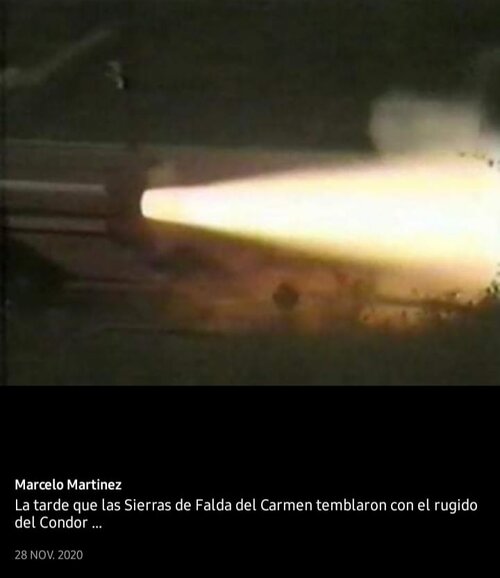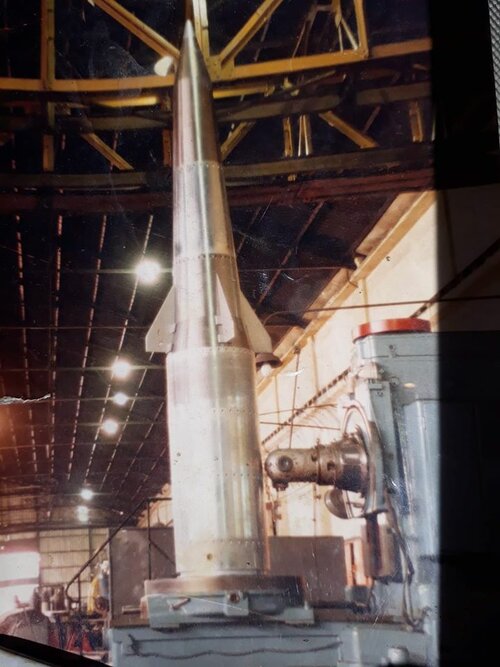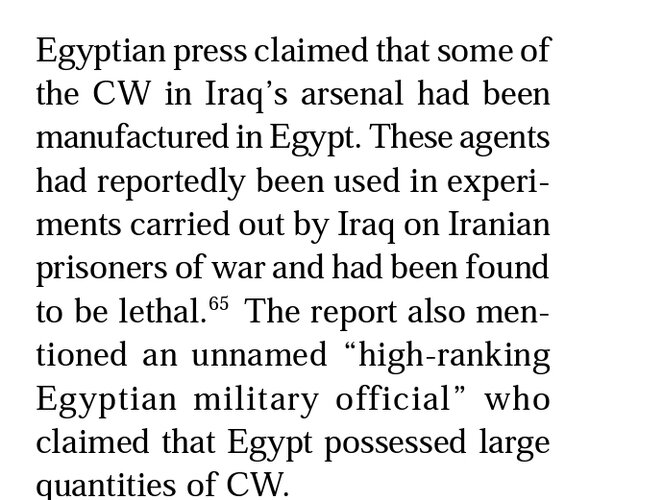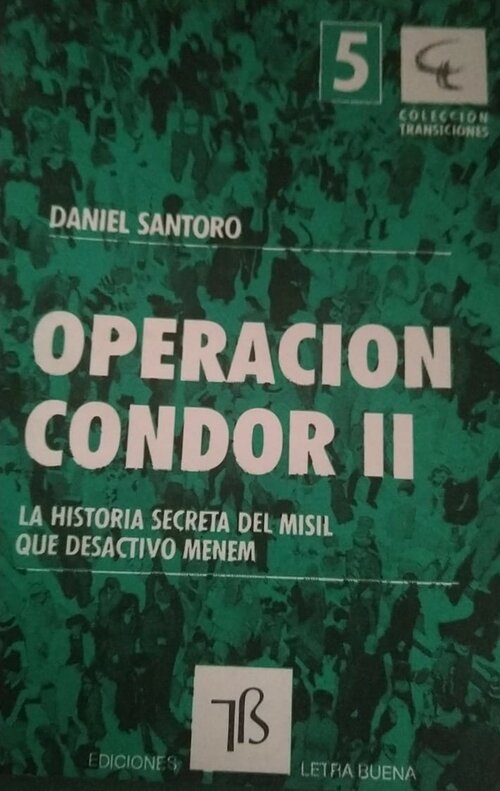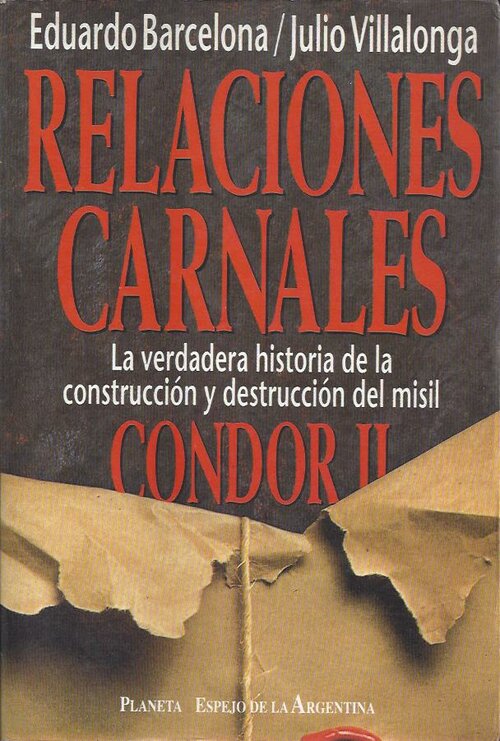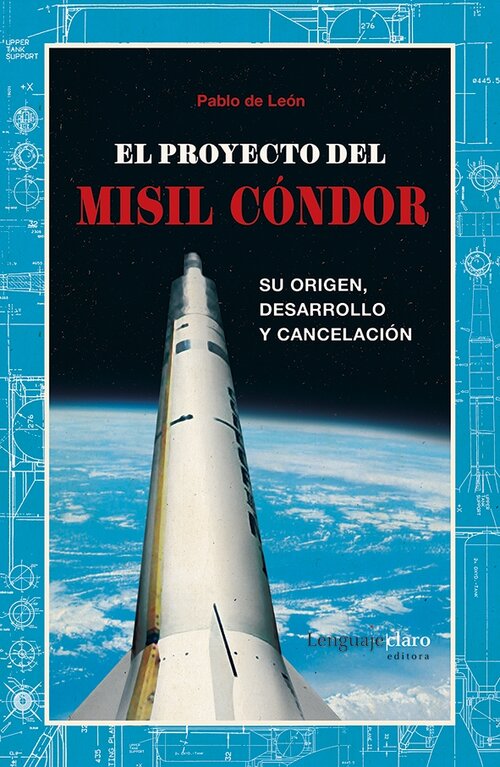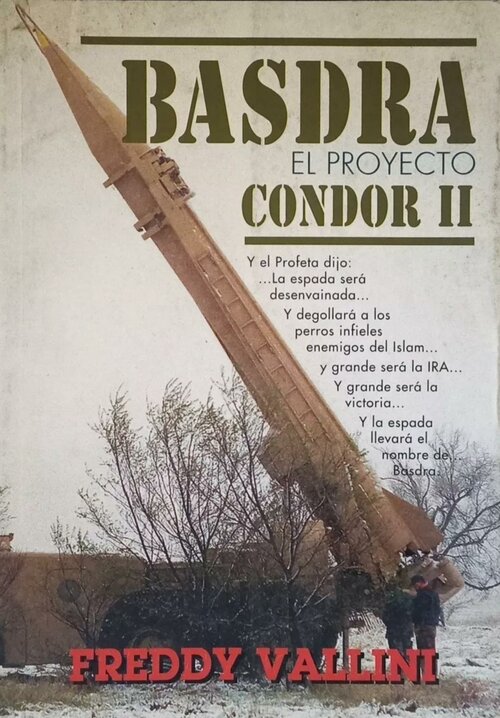During 1986 and 1987, MBB personnel at Schrobenhausen, working within the framework of the FK-120 contract—alias Badr-2000 and Condor—produced three warheads for the Condor missile project. One of the warheads, called MUSCO, included two types of units. The first was a conventional high explosive warhead. A second was a kind of fragmentation device encased in a modular dispenser unit that could be used to hit and destroy enemy airfields. Word got out in 1988 that MBB had supplied this type of unit to Argentina, Egypt and more indirectly Iraq, upsetting British defense officials who contended that such a weapon could be useful to the Argentinians in attacking British forces in the Falklands.
According to Wolfgang Brunner, who had a responsibility for designing the Condor missile, the MUSCO was a small-scale derivative of the company’s MW-1 module dispenser bomb units, which included the MUSA and MUSPA warheads already in production for NATO, the German army and the European fighter bomber, the Tornado. (Brunner carefully pointed out that he himself had no responsibility for the FK-120 warhead and was involved in other MBB projects when work on it was undertaken at Schrobenhausen.) The “MUS in the MBB bomb designations meant “multi-splitter,” German for a multi-fragmentation bomb. The “A” in MUSA stood for “Active.” The “PA” in MUSPA meant “Passive.” The “CO” in MUSCO was short for “Condor.” The use of the term MUSCO within the FK-120 project belied the MBB pretense that FK-120 and Condor were separate projects.
A third type of warhead filled out the Condor package. This was potentially the most dangerous: the fuel-air explosive.
[...]
When the Egyptians saw they couldn’t easily get an F.A.E. bomb supply from the United States in 1985—though they could get information on the technology at a price—they turned elsewhere. More specifically, they approached an old friend, the company that had been with them in Egypt in the 19605 building experimental warplanes, and was in daily contact with them because of Condor—namely, MBB.
The MBB warhead team at Schrobenhausen worked hard on the FK-120 Condor missile and its F.A.E. and MUSCO warheads. The missile itself had pressure, heat transfer and structural works tests through the fall of 1986 and into 1987. Additionally, MBB undertook wind tunnel and interference tests. The MUSCO and F.A.E. warheads had parachute tests in the fall of 1986.
By the spring of 1987, progress on the various FK-120 warheads had proceeded to a point where more general testing could begin. A team of Egyptian officers made an official visit to Schrobenhausen on April 7th to watch a demonstration. MBB exhibited both the MUSCO and F.A.E., according to MBB documents that came into my possession. Both warheads “got put through their paces.”

